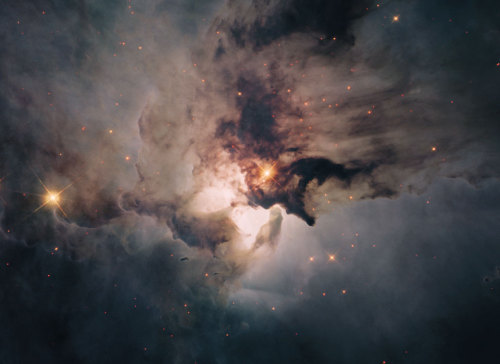The Earth At Night. Photographs Taken By NASA.
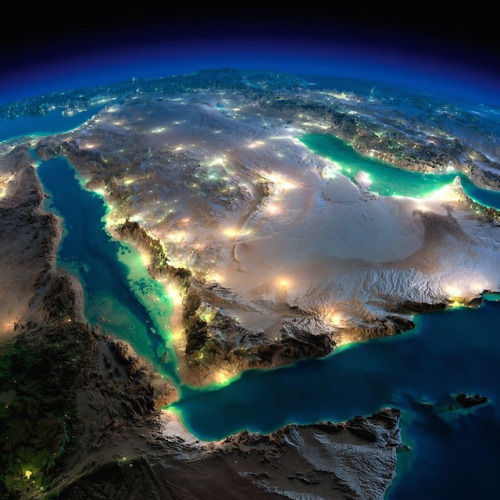



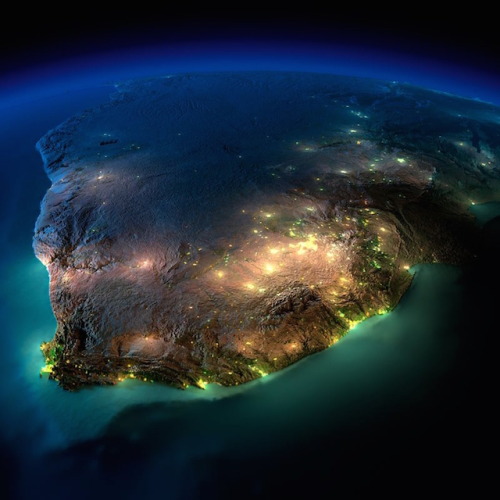
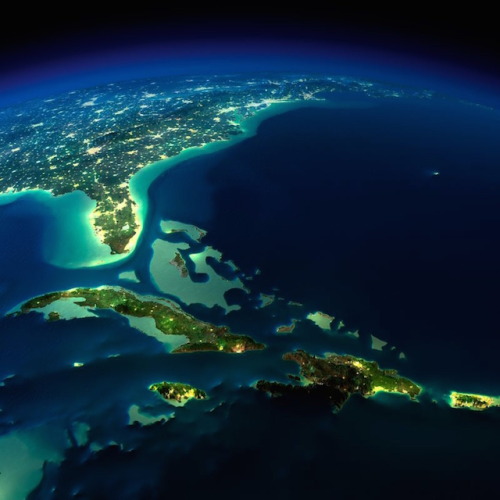
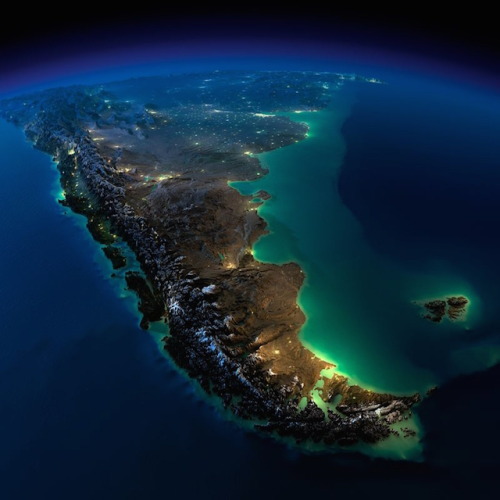
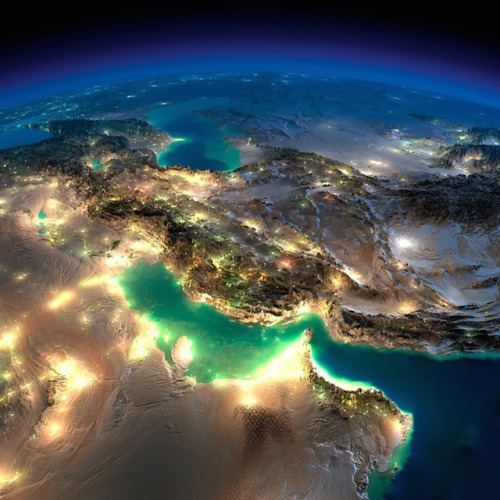
The Earth at night. Photographs taken by NASA.
(Source)
More Posts from Maevetheeuropan and Others



ExoMars Orbiter’s First Images
(Image credit: ESA/Roscosmos/ExoMars/CaSSIS/UniBE)
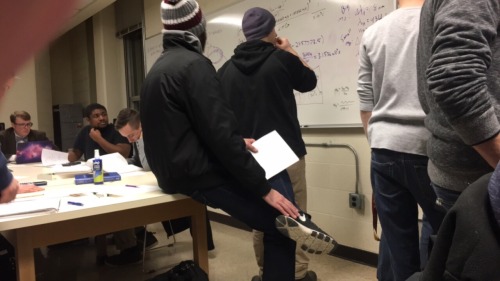
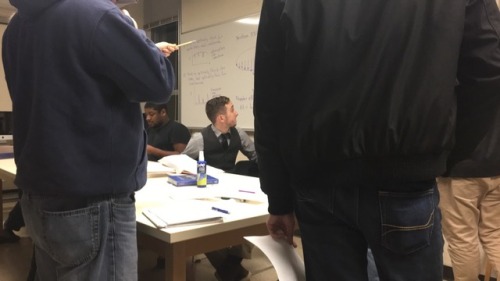
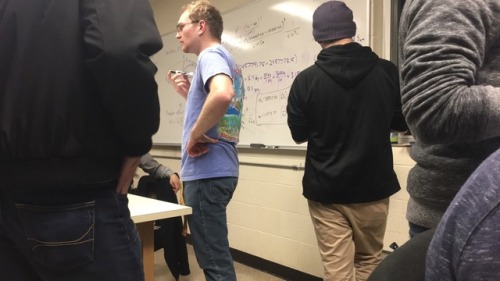
The beautiful chaos of watching 12 frantic astrophysics students try to save a theoretical astronaut from falling into a black hole. I’ve never seen a group of people work so quickly and efficiently before.
Moral of the story:
Don’t fuck with the scientists and park rangers.
They largely consider themselves above politics.
The Republicans have awakened a sleeping giant.
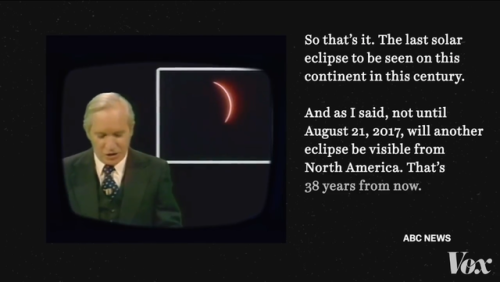
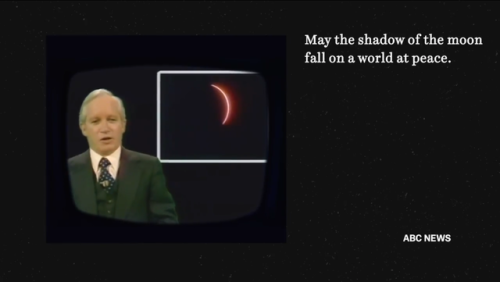
Spacewalk Friday: Installing a New "Parking Spot" on Station
This Friday, Aug. 19, two U.S. astronauts will install a new gateway for American commercial crew spacecraft at the International Space Station.

Commercial crew flights from Florida’s Space Coast to the International Space Station will restore America’s human spaceflight launch capability and increase the time U.S. crews can dedicate to scientific research.

The adapter being installed (imaged below) was launched on a SpaceX Dragon cargo spacecraft and arrived on orbit July 20. NASA astronauts Jeff Williams and Kate Rubins will perform the spacewalk to install the equipment this Friday, Aug. 19. This will be the fourth spacewalk in Williams’ career and the first for Rubins.

Four previous spacewalks…like the one below…helped set the stage for installation of this docking adapter. During those previous spacewalks, other crew members laid hundreds of feet of power and data cables outside the space station.

On Wednesday, the robotics team using the Canadarm2 and its attached “Dextre” manipulator, will reach into the SpaceX Dragon trunk and pull out the docking adapter and position it for Friday’s spacewalk activities.

The morning of the spacewalk, while the astronauts are getting suited up, the robotic arm will position the docking adaptor near the port so that it will be ready for installation.

The two astronauts will venture outside the space station to install the first International Docking Adapter (IDA). This new adapter port will provide a parking space for U.S. Commercial Crew vehicles.
Watch LIVE!
Coverage of the spacewalk begins at 6:30 a.m. EDT on Friday, Aug. 19; with the spacewalk scheduled to begin at 8:05 a.m. EDT. Stream live online HERE.
Make sure to follow us on Tumblr for your regular dose of space: http://nasa.tumblr.com

This is hands down one of the most beautiful images I’ve ever seen. This is a visible-light image of Jupiter’s clouds from a mere 5000 km away.
What’s even more amazing is that this image was taken by JunoCam, NASA’s camera essentially being controlled by regular folks, not scientists. The public takes part in selecting targets to photograph, as well as having access to the raw data that comes back and you can even take the raw images that come back and process your own picture! Learn more about it all right here.
Thank you NASA!
(Image credit: NASA/JPL-Caltech/SwRI/MSSS/Gerald Eichstaedt/John Rogers)
How Do You Stay Fit on a Mission to Mars?
This mini exercise device could be the key!
Onboard the International Space Station, astronauts need to work out to maintain their bone density and muscle mass, usually exercising 2 hours every single day. Throughout the week, they exercise on three different pieces of equipment–a bike, a treadmill and the Advanced Restive Exercise Device (ARED).

All these devices are needed to keep an astronaut healthy.
However, deep-space vehicles like our Orion Spacecraft aren’t as roomy as station, so everything — including exercise equipment — needs to be downsized. The Miniature Exercise Device (MED-2) is getting us one step closer to being able to keep astronauts’ bodies healthy on long journeys to the moon, Mars and beyond.

MED-2 is a compact, all-in-one exercise device that we developed and will be launching to the space station Tuesday, March 22. Onboard the station, we’ll see how MED-2 will perform in microgravity and how it will need to be further adapted for our Journey to Mars. However, it’s already pretty well equipped for deep space missions.
So what makes MED-2 so great for deep space travel and our Journey to Mars?
1. It is an all-in-one exercise device, meaning it can do both aerobic and resistive workouts. When we go to Mars, the less equipment we need, the better.

2. It’s incredibly light. The MED-2 weighs only 65 pounds, and every pound counts during space missions.

3. It has 5 - 350 pounds of resistance, despite weighing only 65 pounds. Astronauts don’t all lift the same amount, making the flexibility in MED-2’s “weights” essential.

4. It’s tiny. (Hence its name Miniature Exercise Device.) Not only is MED-2 incredibly light, but it also won’t take up a lot of space on any craft.

5. It powers itself. During an aerobic workout, the device charges, and then that power is used to run the resistive exercises. When traveling to space, it’s good when nothing goes to waste, and now astronauts’ workouts will help power the Journey to Mars.

MED-2 is only one of many devices and experiments flying on Orbital ATK’s Cygnus spacecraft. To find out more about the science on the space station, follow @ISS_Research and @Space_Station on Twitter.
Make sure to follow us on Tumblr for your regular dose of space: http://nasa.tumblr.com
Hey! Just wondering, how did a solar eclipse prove the theory of relativity?
According to the theory of relativity space is not static. The movements of objects can change the structure of space.

In Einstein’s view, space is combined with another dimension - time - which creates universewide “fabric” called space-time. Object travel through this fabric, which can be warped, bent and twisted by the masses and motions of objects within space-time.
One prediction of general relativity was that light should not travel in a perfectly straight line. When traveling through space-time and approaching the gravitational field of a mass object, the light must bend-but not too much.
Then the English astronomer Sir Frank Watson Dyson proposed that the total solar eclipse of 1919 could prove, because the Sun would cross the bright Hyades star cluster. Star light would have to cross the gravitational field of the sun on the way to Earth, but would be visible due to the darkness of the eclipse. This would allow precise measurements of the positions displaced by the gravity of the stars in the sky.

Because of this, teams of researchers strategically positioned themselves in two locations that would initially provide the best conditions for observing the eclipse. One group stayed in Ilha do Príncipe, in São Tomé and Príncipe, and other researchers settled in Sobral, Ceará (Brazil).
Eddington, who led the experiment, first measured the “true” positions of the stars during January and February of 1919. In May, he went to remote Prince Island (in the Gulf of Guinea, on the west coast of Africa) to measure Positions of the stars during the eclipse, seen through the gravitational lens of the sun.

The total eclipse lasted about 6 minutes and 51 seconds, during those few minutes the astronomers captured several photos of the total eclipse. When Eddington returned to England, his data from Príncipe confirmed Einstein’s predictions.Eddington announced his discoveries on November 6, 1919.

Images: x ,x ,x ,x
-
 d-i-z-z-y-o-n-d-r-e-a-m-s reblogged this · 2 months ago
d-i-z-z-y-o-n-d-r-e-a-m-s reblogged this · 2 months ago -
 cocokashi-co reblogged this · 2 months ago
cocokashi-co reblogged this · 2 months ago -
 choooccoto reblogged this · 2 months ago
choooccoto reblogged this · 2 months ago -
 arvoredejupiter reblogged this · 2 months ago
arvoredejupiter reblogged this · 2 months ago -
 applesforthis liked this · 2 months ago
applesforthis liked this · 2 months ago -
 p4pande reblogged this · 2 months ago
p4pande reblogged this · 2 months ago -
 ak47 liked this · 2 months ago
ak47 liked this · 2 months ago -
 ura-luck-a liked this · 2 months ago
ura-luck-a liked this · 2 months ago -
 youf reblogged this · 2 months ago
youf reblogged this · 2 months ago -
 nwashy reblogged this · 2 months ago
nwashy reblogged this · 2 months ago -
 makotomakoto4 liked this · 2 months ago
makotomakoto4 liked this · 2 months ago -
 blueperfectblue reblogged this · 2 months ago
blueperfectblue reblogged this · 2 months ago -
 gousouskmz reblogged this · 2 months ago
gousouskmz reblogged this · 2 months ago -
 samt-for-prfm reblogged this · 2 months ago
samt-for-prfm reblogged this · 2 months ago -
 makihimett liked this · 2 months ago
makihimett liked this · 2 months ago -
 roseszain reblogged this · 2 months ago
roseszain reblogged this · 2 months ago -
 pod-nomerom-westb reblogged this · 2 months ago
pod-nomerom-westb reblogged this · 2 months ago -
 peyman-akbari liked this · 2 months ago
peyman-akbari liked this · 2 months ago -
 medicinemane reblogged this · 2 months ago
medicinemane reblogged this · 2 months ago -
 supernovacocorocha liked this · 3 months ago
supernovacocorocha liked this · 3 months ago -
 caiobdc5 liked this · 3 months ago
caiobdc5 liked this · 3 months ago -
 tinytaletiger liked this · 3 months ago
tinytaletiger liked this · 3 months ago -
 shareyourpleasure reblogged this · 3 months ago
shareyourpleasure reblogged this · 3 months ago -
 koenestus liked this · 3 months ago
koenestus liked this · 3 months ago -
 medicinemane reblogged this · 3 months ago
medicinemane reblogged this · 3 months ago -
 shareyourpleasure liked this · 4 months ago
shareyourpleasure liked this · 4 months ago -
 jujubeatmeow reblogged this · 4 months ago
jujubeatmeow reblogged this · 4 months ago -
 cozycafemenu liked this · 4 months ago
cozycafemenu liked this · 4 months ago -
 jaguarlionshark007 liked this · 4 months ago
jaguarlionshark007 liked this · 4 months ago -
 ephemeralmotif liked this · 4 months ago
ephemeralmotif liked this · 4 months ago -
 medicinemane reblogged this · 4 months ago
medicinemane reblogged this · 4 months ago -
 spy-flair-extraordinaire reblogged this · 5 months ago
spy-flair-extraordinaire reblogged this · 5 months ago -
 spy-flair-extraordinaire liked this · 5 months ago
spy-flair-extraordinaire liked this · 5 months ago -
 warriorhealer liked this · 5 months ago
warriorhealer liked this · 5 months ago -
 sugarontheblade reblogged this · 5 months ago
sugarontheblade reblogged this · 5 months ago -
 medicinemane reblogged this · 5 months ago
medicinemane reblogged this · 5 months ago -
 selfkaiharness liked this · 5 months ago
selfkaiharness liked this · 5 months ago -
 whatevenisthiscrap reblogged this · 5 months ago
whatevenisthiscrap reblogged this · 5 months ago -
 whatevenisthiscrap liked this · 5 months ago
whatevenisthiscrap liked this · 5 months ago -
 yestozidk reblogged this · 5 months ago
yestozidk reblogged this · 5 months ago -
 yestozidk liked this · 5 months ago
yestozidk liked this · 5 months ago -
 mayax81 reblogged this · 5 months ago
mayax81 reblogged this · 5 months ago -
 mayax81 liked this · 5 months ago
mayax81 liked this · 5 months ago -
 fangcesca-the-weeb liked this · 5 months ago
fangcesca-the-weeb liked this · 5 months ago -
 ongoingmunchies39 liked this · 5 months ago
ongoingmunchies39 liked this · 5 months ago -
 suomaahinen reblogged this · 5 months ago
suomaahinen reblogged this · 5 months ago
